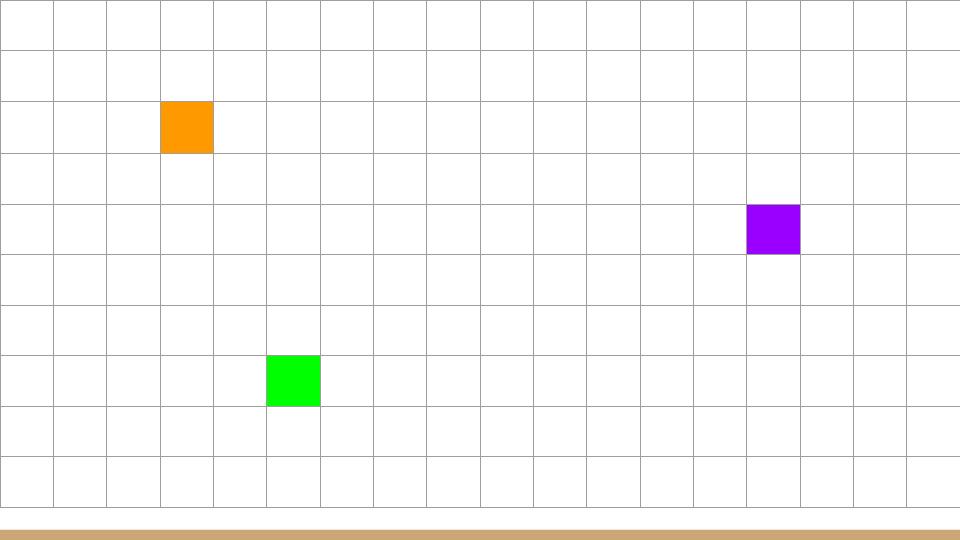Programming, problem solving, and algorithms
CPSC 203, 2025 W1
October 16, 2025
Announcements
Voronoi Diagrams
Everyone needs a Tim Horton
Every address in Vancouver has a nearest TH.
Partition Vancouver into regions so that points are in the same region if they have the same nearest TH.
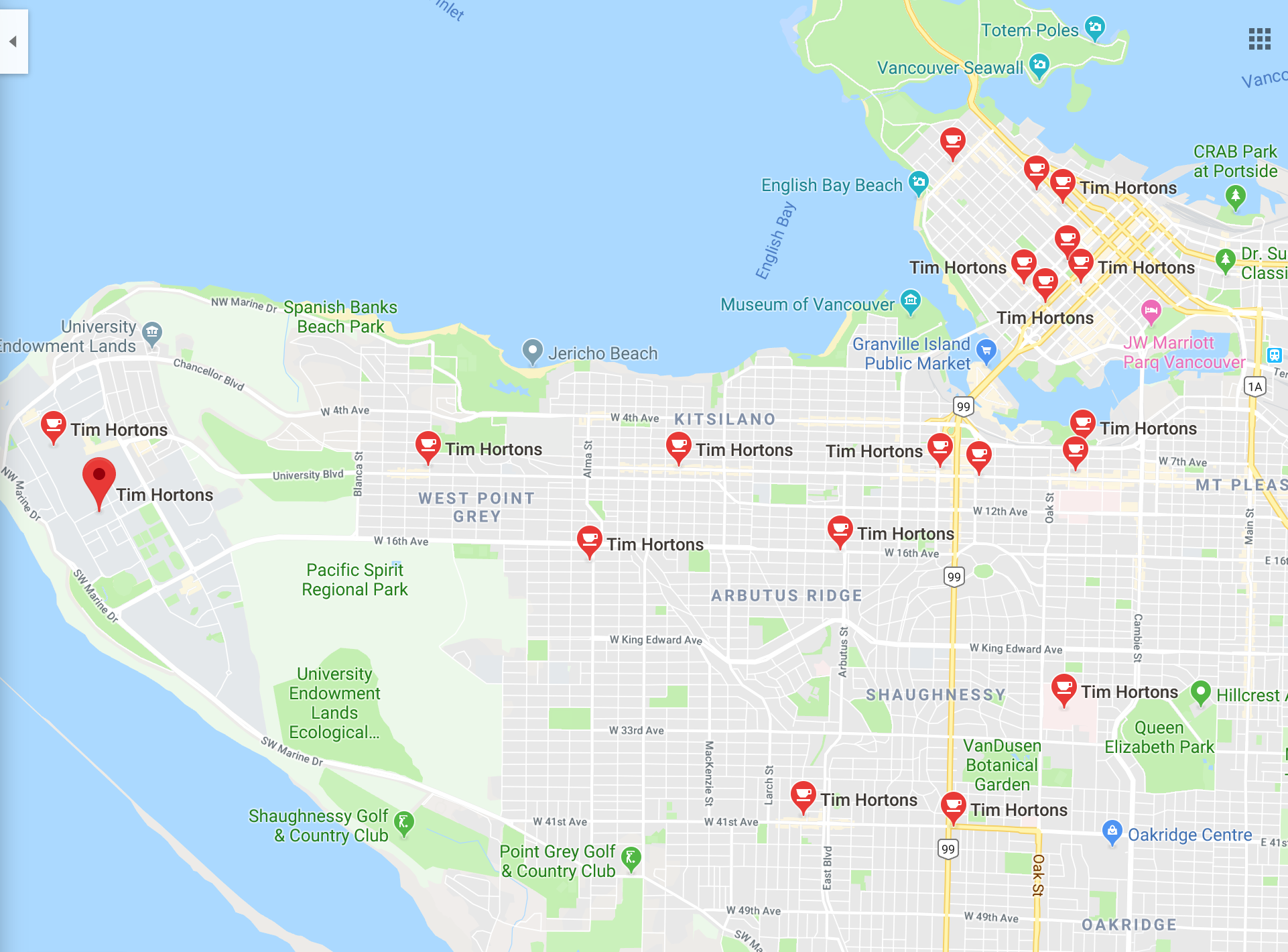
Voronoi diagrams
Given a (finite) set of “centres” \(c_{1}, c_{2}, \ldots, c_{k}\), a Voronoi region, \(R_{j}\) consists of the set of points nearer to centre \(c_{j}\), than to any other centre.
Together, the \(R_{j}\) regions compose the Voronoi diagram of a plane.

Aerial view of trees illustrating how the tree tops resemble and can be modeled as Voronoi diagram.

From Abellanas et al. (2016)
More Examples
https://www.khanacademy.org/partner-content/pixar/pattern/dino/v/patterns2_new
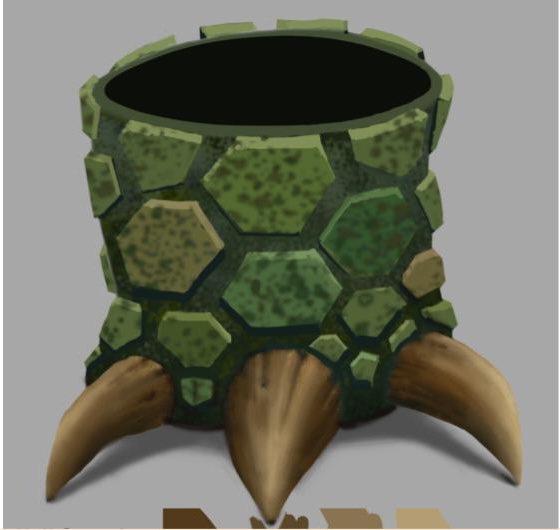
Yet More Examples
Robotics – Path planning in the presence of obstacles
Zoology – Model and analyze the territories of animals
Astronomy – Identify clusters of stars and clusters of galaxies
Biology, Ecology, Forestry – Model and analyze plant competition
Cartography – Piece together satellite photographs into large “mosaic” maps
Geography – Analyzing patterns of urban settlements
Marketing – Model market of US metropolitan areas;
Metallurgy – Modelling “grain growth” in metal films
Meteorology – Estimate regional rainfall averages, given data at discrete rain gauges
Physiology – Analysis of capillary distribution in cross-sections of muscle tissue to compute oxygen transport (“Capillary domains”)
Anthropology and Archeology – Identify regions under the influence of different neolithic clans, chiefdoms, ceremonial centers, or hill forts.
Crystallography and Chemistry – Study chemical properties of metallic sodium); Modelling alloy structures as sphere packings (“Domain of an atom”)
Geology – Estimation of ore reserves in a deposit using info obtained from bore holes; modelling crack patterns in basalt due to contraction on cooling
Computing Voronoi Diagrams
Choice of algorithm depends on the domain of the data.
If real valued domain (like Cartesian Coords) then we use geometry, exploiting the fact that the Voronoi edges are perpendicular bisectors of the edge between 2 centers.
Our computation will always be on planar regions represented by images.
Data for the problem:
Data for the solution:
Distance Between Pixels
Find the distance between 2 pixel locations:
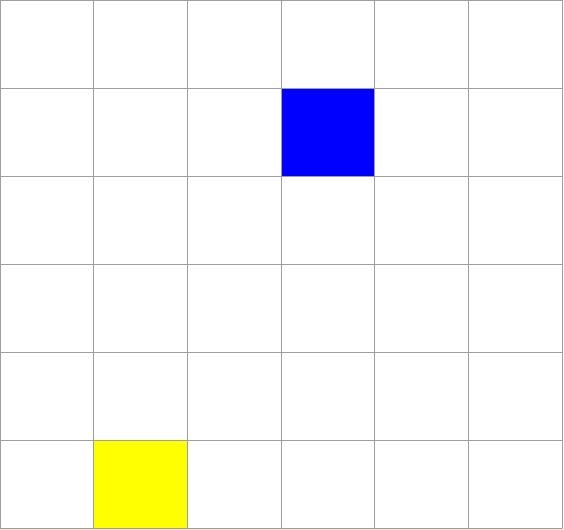
Distance Between Pixels
Given a point and two centers, determine which is the nearest center…
:
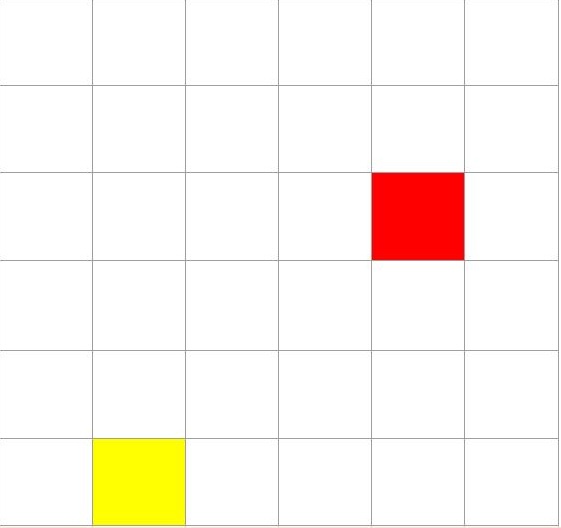
Design an Algorithm
